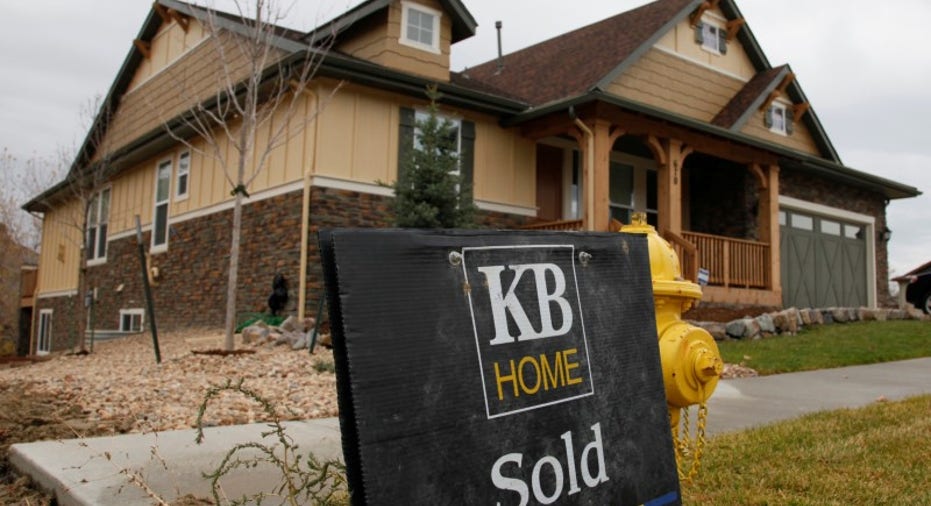Mortgage rates skid to 6-month low at beginning of homebuying season

Mortgage rates don't get much better than this. Not recently, anyway.
Rates for home loans fell this week to their lowest level since just after the presidential election. You couldn't ask for better timing: As homebuying season heats up, mortgage rates are at six-month lows, making it a good time to apply for a home loan.
Increasing numbers of first-timers
The ongoing decline in mortgage rates is particularly welcome news for first-time homebuyers, who have been stepping it up this year. They made up 60 percent of homebuyers who got mortgages in February, according to the Urban Institute. Five years earlier, the first-time buyers' share was 57 percent. The rise of first-timers is slow but sure.
The average first-time buyer makes a down payment of 9 percent, and for those getting Federal Housing Administration-insured loans, it's 4.5 percent. As you would expect, first-timers buy less-expensive homes than repeat buyers.
But can they afford it?
Affordability remains a big concern in the housing market, and that's even more of an issue when you buy a home and get a mortgage for the first time. Calculators can help. One helps you figure out how much you can afford to borrow for a mortgage. Another looks at the question in a different way, helping you calculate how much house you can afford. And for those with some financial breathing room, there's a calculator to help decide whether to get a 15-year or 30-year mortgage.
Mortgage rates this week
The benchmark 30-year fixed-rate mortgage fell this week to 4.09 percent from 4.13 percent, according to Bankrate's weekly survey of large lenders. A year ago, it was 3.81 percent. Four weeks ago, the rate was 4.18 percent. The 30-year fixed-rate average for this week is 0.35 percentage points below the 52-week high of 4.44 percent, and is 0.57 percentage points above the 52-week low of 3.52 percent.
The 30-year fixed mortgages in this week's survey had an average total of 0.23 discount and origination points.
Over the past 52 weeks, the 30-year fixed has averaged 3.96 percent. This week's rate is 0.13 percentage points higher than the 52-week average.
- The 15-year fixed-rate mortgage fell to 3.31 percent from 3.32 percent.
- The 5/1 adjustable-rate mortgage fell to 3.41 percent from 3.42 percent.
- The 30-year fixed-rate jumbo mortgage fell to 4.02 percent from 4.06 percent.
At the current 30-year fixed rate, you'll pay $482.62 for every $100,000 you borrow, down from $484.94 last week.
At the current 15-year fixed rate, you'll pay $705.59 for every $100,000 you borrow, down from $706.08 last week.
At the current 5/1 ARM rate, you'll pay $444.04 for every $100,000 you borrow, down from $444.59 last week.
Weekly national mortgage survey
Results of Bankrate.com's weekly national survey of large lenders conducted May 31, 2017 and the effect on monthly payments for a $165,000 loan:
Modest growth and a rate hike
Every six weeks or so, the Fed puts out a summary of economic activity called the Beige Book. This time around, the Fed says that the economy seems to be growing modestly in most of the central bank's 12 geographic districts.
According to the Fed, businesses report shortages of workers "across a broadening range of occupations and regions." Yet wages, for the most part, aren't rising much. The exception is where shortages of qualified workers are most severe.
Stubborn wage growth keeps inflation low. The Beige Book says prices were fairly stable in the last month and a half, except for some construction supplies. "Low inventories of for-sale homes were pushing house prices higher in many markets," it adds.
Fed rate increases are often followed by rising mortgage rates. The mid-June Fed meeting is another reason to apply for a mortgage sooner rather than later.
Copyright 2017, Bankrate Inc.